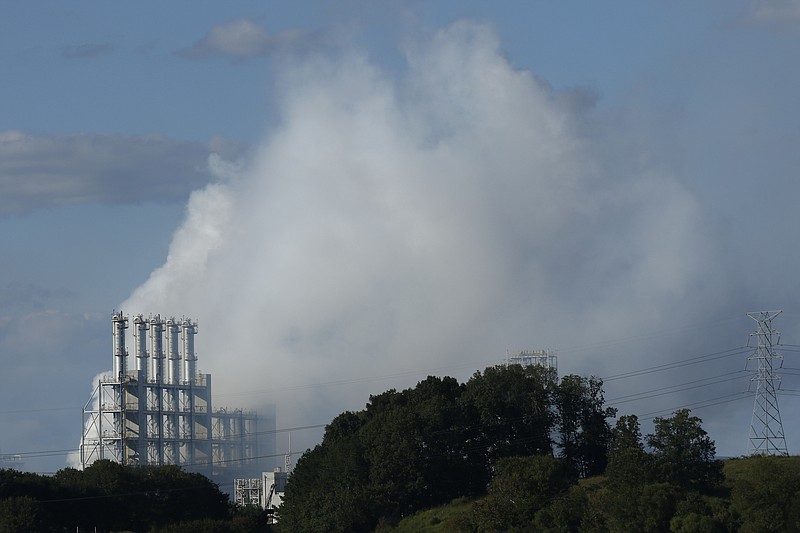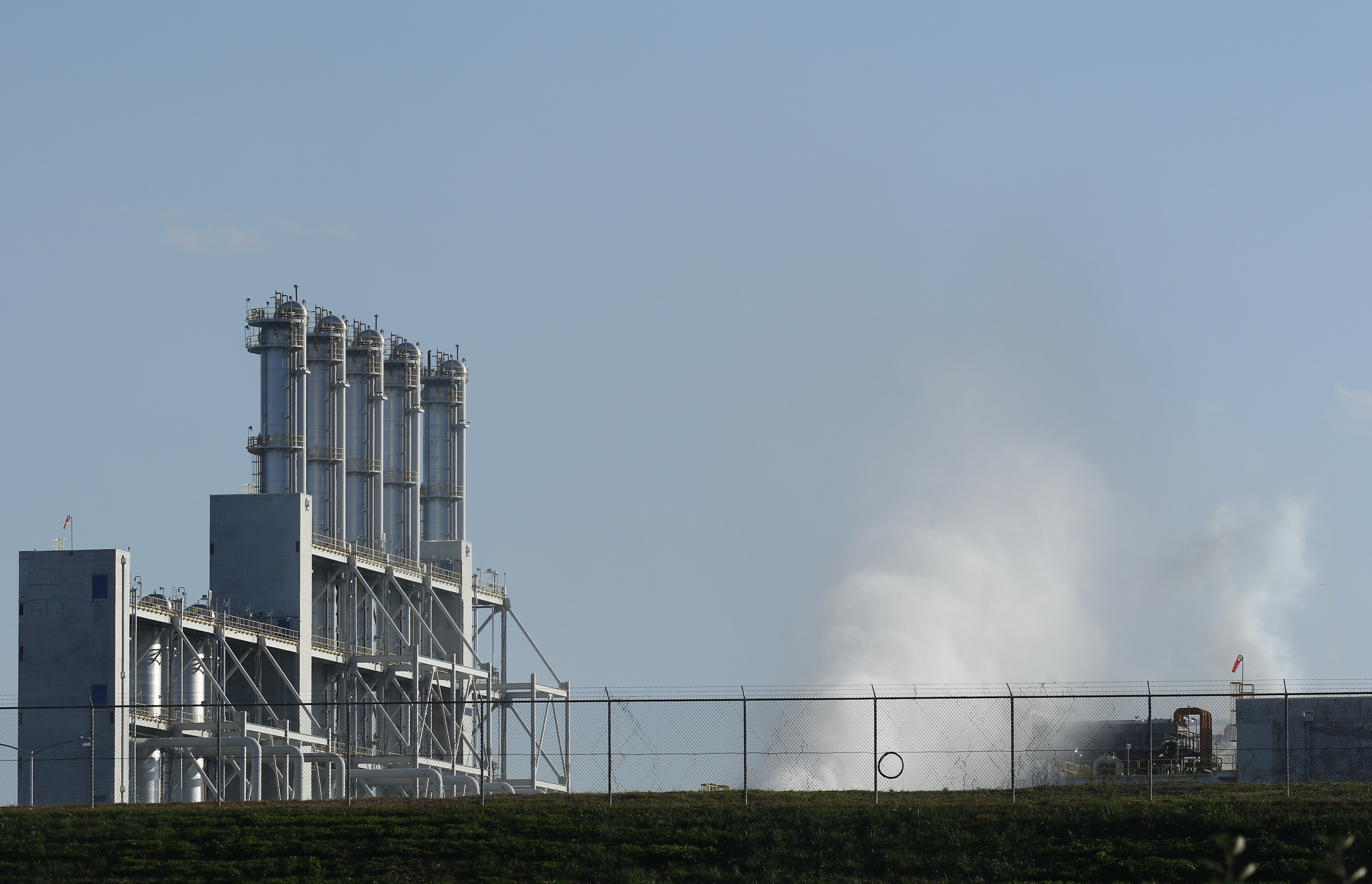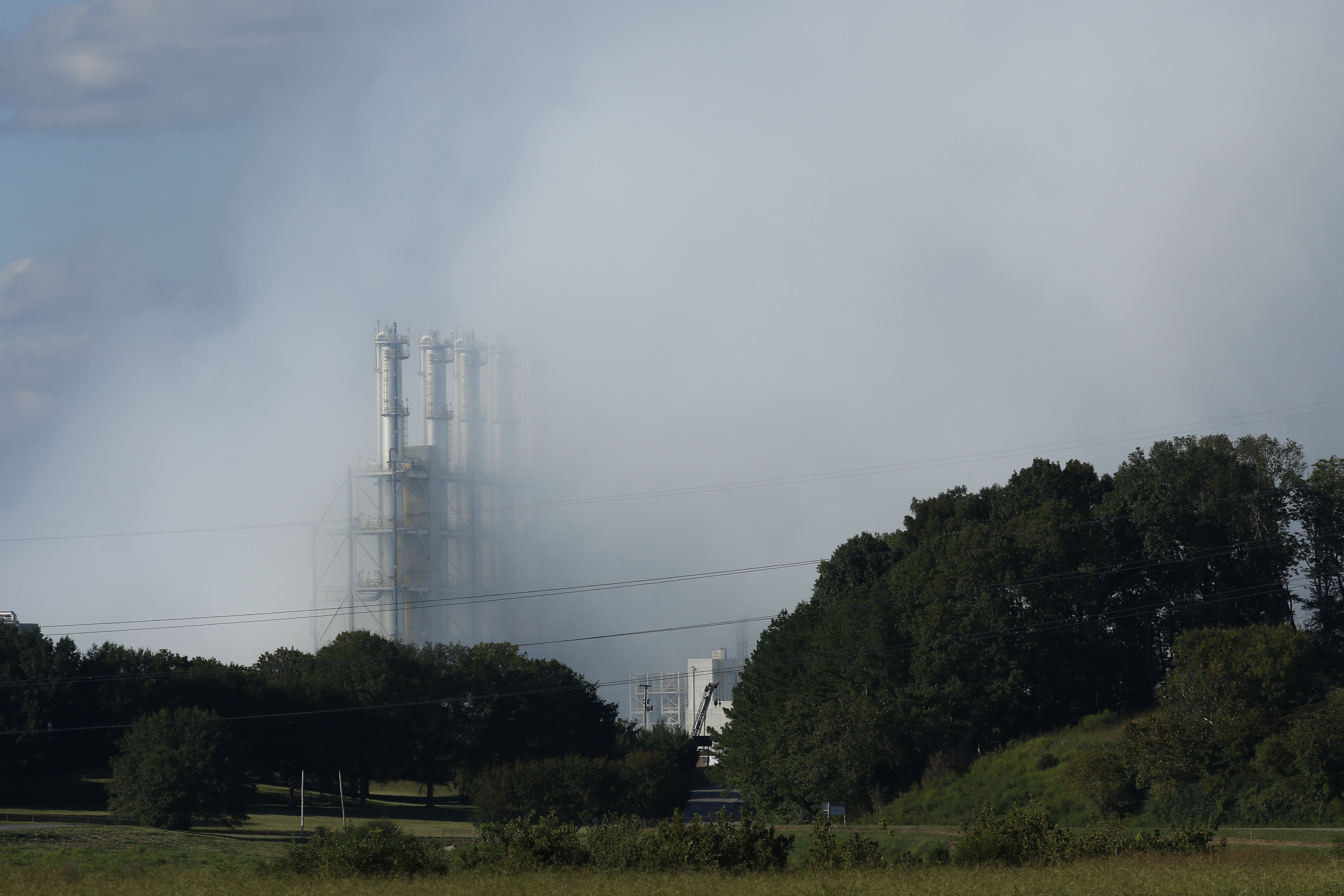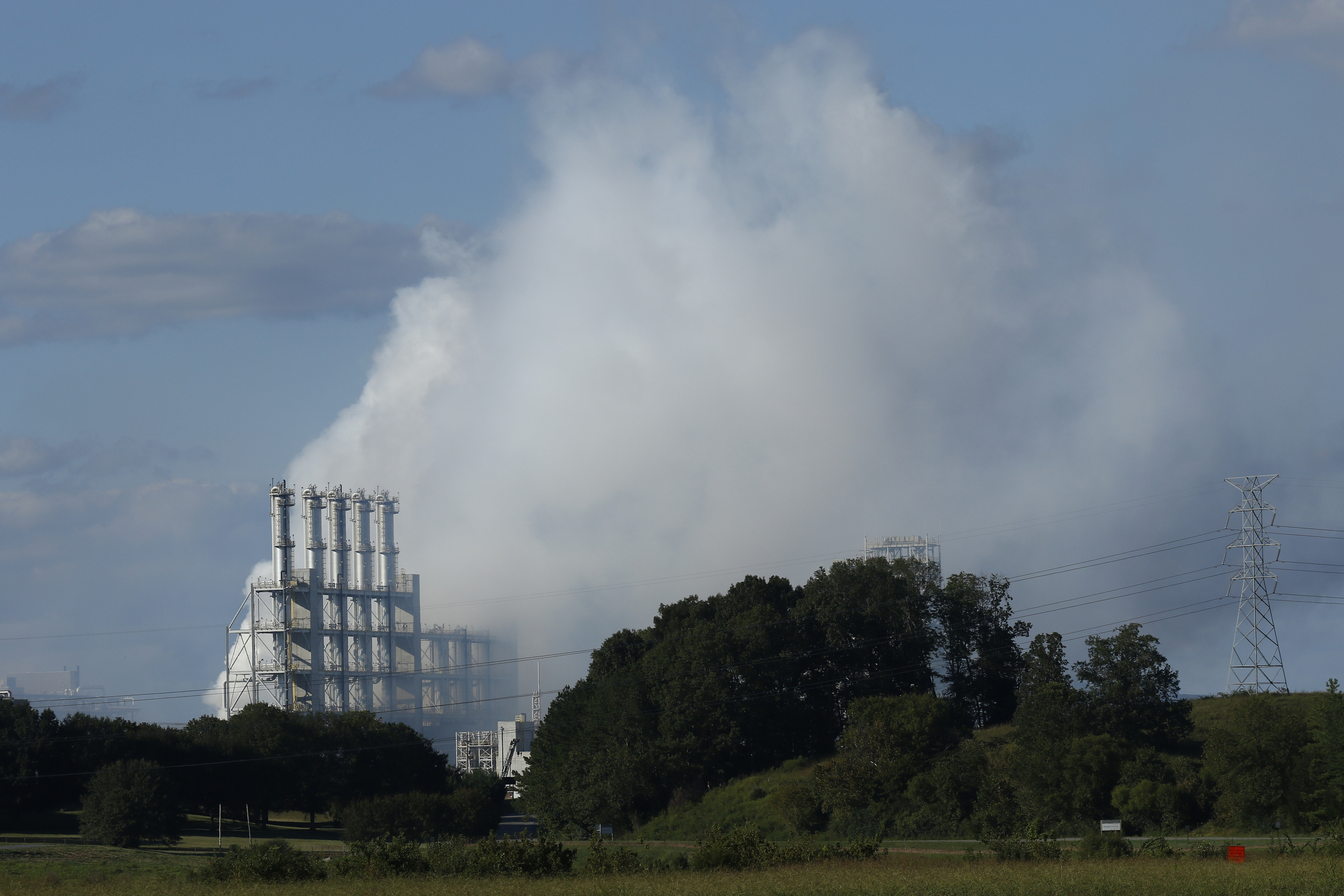Officials at the Wacker Polysilicon plant say they still do not know what caused a large explosion that shook the Charleston, Tenn., community more than a week ago, left several hospitalized and scared residents near the plant.
The chemical company maintains it has been forthright despite concern about a lack of public information and no direct contact with the residents closest to the plant.
"We have released the information to the public that we have," Wacker-Charleston site manager Mary Beth Hudson said. "We have released all the information that we know to the public. At this point, we don't know any more than what we've said. I wish I had more answers."
The explosion occurred in the late afternoon Thursday, Sept. 7, and Wacker has been closed since. The $2.5 billion plant that manufactures chemicals for solar panels will remain closed until officials find the cause and assure the public and company employees the incident won't happen again, Hudson said.
It was the second incident in eight days at the plant. Five workers suffered chemical burns Aug. 30 in a different area of the plant.
A plant worker, a firefighter, four deputies and seven local residents were treated at hospitals as a result of the Sept. 7 explosion Emergency dispatchers received several calls from those near the plant complaining about skin-burning sensations and breathing problems.
"I don't know if we can speculate why they went to the hospital," Hudson said at a news conference after the explosion.
The explosion was the result of a yet-to-be-determined mechanical failure, Hudson and Bradley County Emergency Management Agency Director Troy Spence said. It occurred in the plant's hydrogen compressor area.
Wacker does have in-house video of the explosion, but will not make it available to the public, Spence said. He has seen the video. It shows the explosion, but also clearly shows no one in the video frame during the explosion, he said.
The Tennessee Department of Environment and Conservation and the Occupational Safety and Health Administration are investigating the incidents at the plant. They are not related, Spence and Hudson said. Wacker has also hired a third party to look into the matter. The company expects to have a preliminary report as soon as next week but will not release those findings to the public, Hudson said.
"That's because it will be preliminary, and we don't want to speculate," she said. "We also are coordinating our investigation with TOSHA, so we will need to share the information before we would issue anything."
Wacker has continued to tell the public it is not in any danger, and never was, but the perception of the company in the community is suffering, according to several officials and members of the public.
Army veteran Paul Albritton, who was stationed in Korea, was in his kitchen cleaning dishes less than a mile from Wacker when he heard the explosion.
"That explosion hit me so hard," the 81-year-old said. "I didn't experience anything like that when I was over in Korea.
"I can't explain how loud it was. That reminded me of the days when I was back in Korea. I hit the floor in there and done this," he said, placing his hands behind his head and covering the rest of his head with his arms. "I'm an old man now ... that really messed me up."
Albritton is still shaken from the blast. He's had trouble sleeping and can't get the feeling from his mind, he said.
State Sen. Todd Gardenhire, R-Chattanooga, has not heard complaints from the public and believes the plant has handled the situation as well as can be expected.
"Obviously everyone was concerned when they saw the big cloud go up. Once everyone realized that it was just the steam and the vapor that was used to nullify any gasses or anything, I think the major concerns went away," he said. "I think Wacker is doing what they need to do. And quite frankly, I haven't heard anybody call me up or personally tell me about something they're concerned about. They knew they were in good hands."
The explosion released into the air the potent chemical chlorosilane, which turns to hydrochloric acid when exposed to moisture, Wacker and public officials have said.
Wacker said the chemical was contained to its property and never reached a dangerous level outside the immediate area of the explosion.
However, the highest reading of hydrochloric acid after the Wacker explosion came from a location near the close-by Olin Chlor Alkali Products plant, according to Spence and Shawn Fairbanks, director of Bradley County Fire & Rescue and emergency services. While an ideal reading is 0.0, the reading near Olin was 1.9 parts per million, they said.
Hudson said she did not know where the 1.9 number came from. Fairbanks and Spence said separately that it came from Wacker employees on the scene after the explosion.
The reading was at ground level, Spence said, and it would have been much higher had it been taken in the air.
"If we had a drone up there, I'm sure it would have gone off the chart," he said.
The chemical can cause inflammation, edema and corrosive burns of the mucous membranes in and around the nose, mouth and upper airways.
Albritton said he hasn't heard a word from Wacker despite sitting in a chair outside his garage less than a mile away, watching cars go down Lauderdale Memorial Highway near Walker Valley High School. No one has come by from the company to explain anything or see if he is OK, he said.
He isn't the only one who hasn't heard from Wacker. Company officials haven't spoken to any of the people living near the plant, Hudson said.
"We have not contacted the individuals near the plant directly. We have been in contact with our local officials, the school system and with the emergency agencies," she said. "We have discussed having some information sessions reaching out to the public in the future, but we don't have anything planned at this time."
Hudson said that lack of communication has led to the loss of public trust, a problem the company understands and will work to heal.
Spence said he's been working alongside company personnel since the incidents and the lack of transparency with the public is intentional.
"I'm happy that they're not giving you answers, because they don't know any more. To be honest with you, they need to take their time," he said. "It is not a safe situation for them to rush to get answers."
However, he said the company has only itself to blame for its reputation with the public.
"They could have gotten rid of the social media firestorm," he said. "They have done that to themselves."
Contact staff writer Mark Pace at mpace@timesfreepress.com or 423-757-6659. Follow him on Twitter @THEMarkPace and on Facebook at ChattanoogaOutdoorsTFP.



